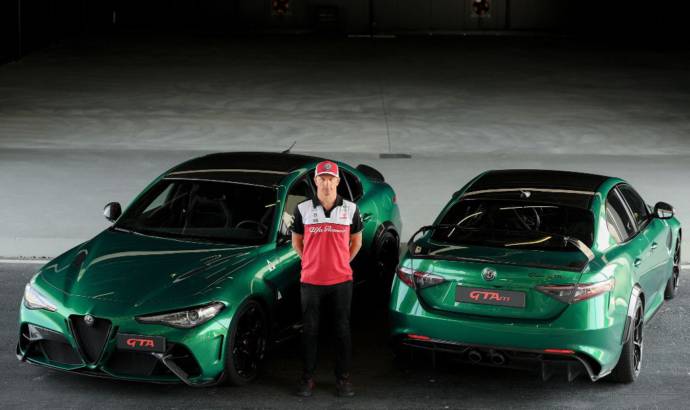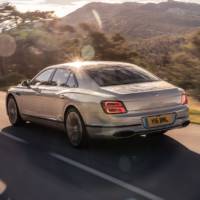He is one of the most talented but also controversial pilots that has won a championship in Formula 1. And it now guarantees that the driving performance seen on the track can be replicated on the road.
Following the testing session on the Giulia GTA and GTAm last year, Kimi Räikkönen went back to the Balocco Proving Ground to personally evaluate the work done on the highest-performing sports saloon that Alfa Romeo has ever produced.
The Finnish world champion analysed the changes made to the car, having provided invaluable advice and feedback on the aerodynamics in the first session, particularly the new adjustable splitter built into the new front bumper and the new manually adjustable rear wing. More general changes were also made to the overall balance guaranteed by the interaction of these new components with the diffuser and the underbody fairing. Kimi’s judgment? “It’s better at high speeds in terms of balance. It seems the front of the car is lower, making the steering faster. It’s fast, easy to drive, and responsive.” Once he takes off his racing suit and is away from the spotlight, Kimi Räikkönen is back playing the role of father, taking his children to school and believes that the Giulia GTA represents the ideal mix for everyday use and on the track.
The Alfa Romeo Racing F1 drivers lent their skills to the Alfa Romeo engineering team last October with a testing session focused on the aerodynamics and handling. With this final session, the loop is now completed and the driver’s have been able to experience the results of their feedback in the development process.
Alfa Romeo entrusts Sauber Engineering with the production of most of the carbon fibre components for the GTA and GTAm, especially those that affect the aerodynamics. These include the new front bumper, the side skirts, the rear diffuser, the GTA spoiler and the GTAm aerowing. Courtesy of its manually adjustable front and rear wings, the Giulia GTAm can adapt its aerodynamic performance to any kind of track or road, or to the requests and preferences of its driver. Aerodynamic research was conducted in the wind tunnel on the wing appendages, but also on the fully faired underbody.



